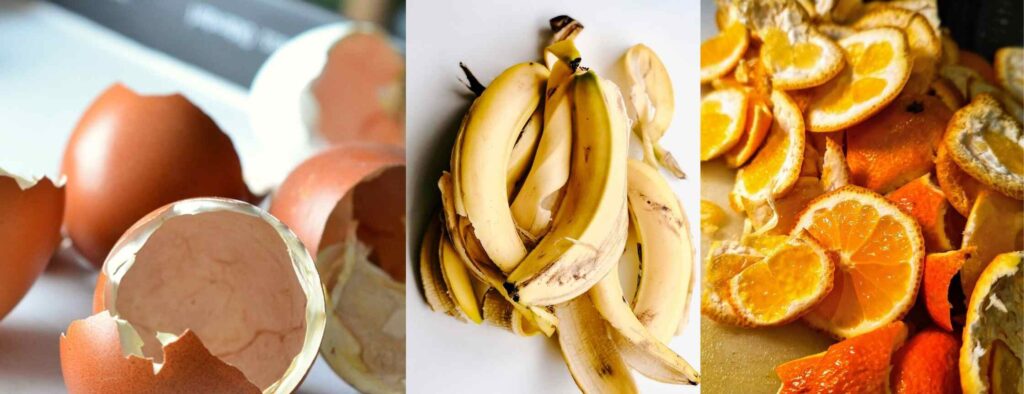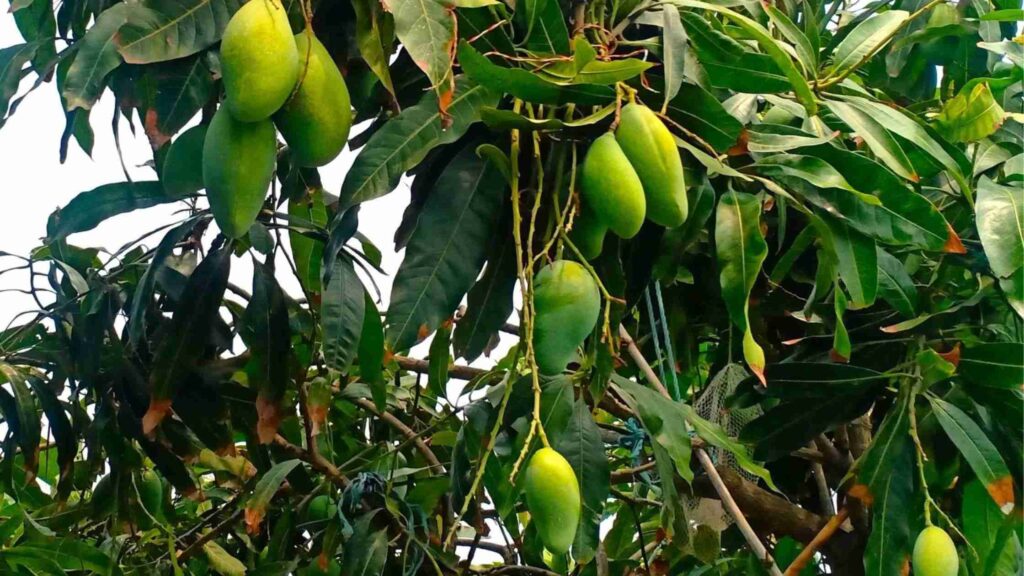A container is required to generate organic, odorless, and simple compost. This can be anything from a garden pot to a dustbin. To provide for air circulation, drill a few holes in the container. The drained water can be collected using a shallow tub or tray. To make nutrient-rich compost, assemble the following components. Here we will learn how to make smell-free organic compost for your roof garden. We also discover tips on composting techniques, materials, and maintenance for healthy, odorless soil
Ingredients of Making Compost

Eggshells, primarily composed of calcium carbonate, help plants develop a strong cellular structure. Neem leaves, rich in vitamins, minerals, and enzymes, boost plant resistance to pest attacks. Garden soil prevents bad odors and speeds up the composting process. Compost introduces bacteria and earthworms, accelerating decomposition. Banana peels contribute potassium with a small quantity of nitrogen, phosphate, and magnesium. The high nitrogen content of kitchen trash initiates the heat process. Shred kitchen waste helps hasten the decomposition of compost since larger pieces require more time to break down.
Process of Making Compost

I placed one inch of compost and one inch of garden soil on the bottom of the container to kickstart the pile and introduce the proper microorganisms. While it’s best to begin the composting process outdoors, you can do it within your home. The greatest kitchen waste to add to the compost pile is fruit and vegetable scraps since they break down quickly and keep rodents and pests away.
High-nitrogen green components initiate the compost’s heating process. Crushed eggshells and chopped banana peels can be added to the mixture to add calcium and other nutrients. Add neem leaves to the compost to give it antibacterial qualities. I proceeded with the same procedure, adding soil, compost, neem leaves, and kitchen garbage in successive layers.
All the items should come into contact with one another and be laid down in layers only a few inches deep. To speed up the process, I used normal garden soil and compost. Compost introduces earthworms, which help the mixture decompose quickly, while garden soil helps prevent bad odors and accelerates composting. I pressed the mix with the hand to compress it, ensuring all items were in contact with each other. To avoid spills, I placed a shallow tray or container underneath. Finally, I watered thoroughly.
Location Selection
I kept the container in full sunlight to accelerate decomposition, but be prepared to water more frequently. After 2 days, I reused the collected drained water, as it contains beneficial bacteria and essential nutrients. I kept the drainage tray underneath the container for at least 10-15 days.
After 15 days, the compost pile began to dry out. I added water whenever it started to dry up. Regularly mixing the compost encourages the growth of beneficial bacteria that help decompose the compost faster. I ensured the mixture stayed moist but not too wet. After every few days, I gave the pile a quick turn with a shovel or stick to aerate it. Oxygen is essential for the composting process.
After 40 days, I noticed earthworms in the compost. They made the compost more porous and helped turn the waste into fertilizer. I covered the compost with weed chips, dry leaves, plastic sheeting, carpet scraps, or any other available material. Covering helps retain moisture and heat, both essential for composting. Typically, it takes about 2-3 months for the compost to be ready, depending on weather conditions and the components of your pile.
Ready to Use Compost

After 65 days, the compost was ready for use in the garden. Once it was ready, I separated all the leaves. You can store your compost in poly bags or simple garbage cans, but keep the bags out of direct sunlight. I add compost to my plants in small amounts to provide them with essential nutrients that help them thrive. Making compost correctly not only feeds the plants vital nutrients but also enhances soil fertility while repurposing items that would otherwise end up in the trash



